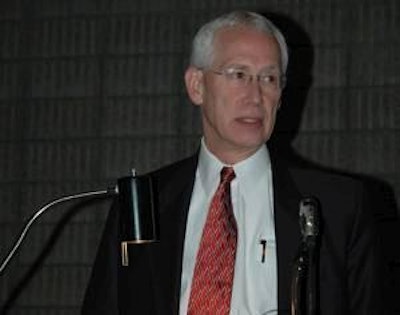
While environmental management compliance is costly, the investment will pay off – but only if done right, James T. Banks, Hogan & Hartson, told listeners at the Animal Agriculture Environmental Sustainability Summit.
The former EPA regulator, now environmental law attorney, ticked off three reasons why companies must put the necessary culture, resources and systems in place: stewardship, reputation and liability.
“Stakeholders’ views of the company matter a lot,” Banks said. “And environmental compliance can have a lot to do with how a company is perceived by investors, by customers, by communities in which you work and in turn by the employees who work for the company because they live in those communities.”
Regulators are stakeholders, too
Banks advised companies to not forget that regulators are stakeholders along with customers and investors. “Protecting your company’s reputation and image and building a relationship with regulators is critically important,” Banks said.
“Regulators are among your most important stakeholders,” he said. “There are plenty of examples where regulators get the idea that a company doesn’t care about compliance and set out to make an example of a company.”
Self-disclosure
Banks also discussed “self disclosure,” a more recent innovation in the world of enforcement and compliance. EPA has disclosure policy under which companies can self-report non-compliance and get penalty mitigation.
“I have represented dozens and dozens of companies taking them in for self-disclosures and getting penalties reduced from seven to six figures or six to five, and in many cases getting potential fines of $100,000 or $200,000 waived altogether.
“The key to being able to use that type of a tool is self-discovery of the violation and self-reporting. Self discovery of a violation occurs only in those companies that manage compliance effectively and are in a position to know when non-compliance has occurred,” he said.
Banks said doing environmental compliance right requires a systematic to environmental compliance management.
















